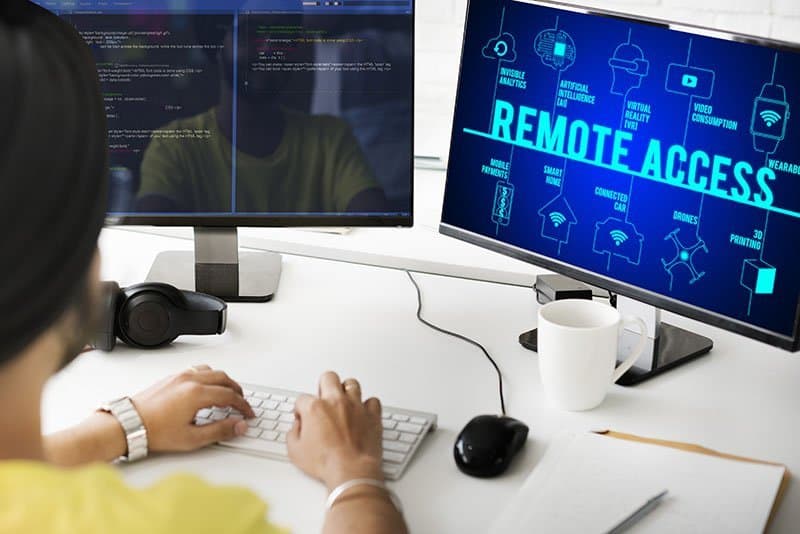How minding the five ‘P’s is the key to remote working success
Today millions of workers around the world can access documents and files from anywhere. The rise of remote access tools mean that workers can even leave their laptops at home and curate their desktop or download files using just their smartphone.
Table of Contents
ToggleBut, whilst these systems are often very low cost and incredibly easy to install, companies mustn’t dismiss the importance of applying the same rigorous selection processes and procedures that they would with any software implementation.
1 – Protection
Secure networks are vital when accessing company information and data. Check the features and capabilities promoted by security providers and apply permanent encryption, such as the standard protocol, TLS – which is even good enough for online banking. It is also important to integrate a secure authentication procedure to prevent access by third parties.
2 – Passwords
Staff should be made aware of protecting personal passwords and access codes. Many people opt for an easy to remember password, such as a birthday or name of a pet, but for code breakers this is an open door. So for a higher level of security select an individual and long password for each user; or even a slightly modified sentence or phrase. It can also be worthwhile using a password manager, if various passwords have to be remembered.
3 – Performance
Working outside the office is pretty easy over the Internet, but this can be susceptible to significant latencies and delays when opening up programmes or files. Often the broadband is blamed for frustratingly slow downloads, but the hold-up can be the fault of the remote-access application itself. So when you are choosing remote desktop software, take into account frame rates, latencies and also the volumes of data transmitted during the connection.
4 – People
Make sure that the rules allowing staff to work outside of the office are incorporated into company policy, this will protect the company and its employees against any potential legal issues. It may be worth implementing a collective agreement for allowing teleworkers to work from home, so that boundaries are not misconstrued – such as working hours or how company data is used. In fact data protection rules and other regulatory issues should be made clear to all employees whether they are working on site or in the field.
5 – Practicable
IT departments have to understand that not everyone is a computer expert. So make sure remote desktop applications are simple and clear for everyone to follow and just contain the required features and administration procedures. Only the more advanced or professional users such as IT administrators or specialists should have access to more sophisticated functions.






